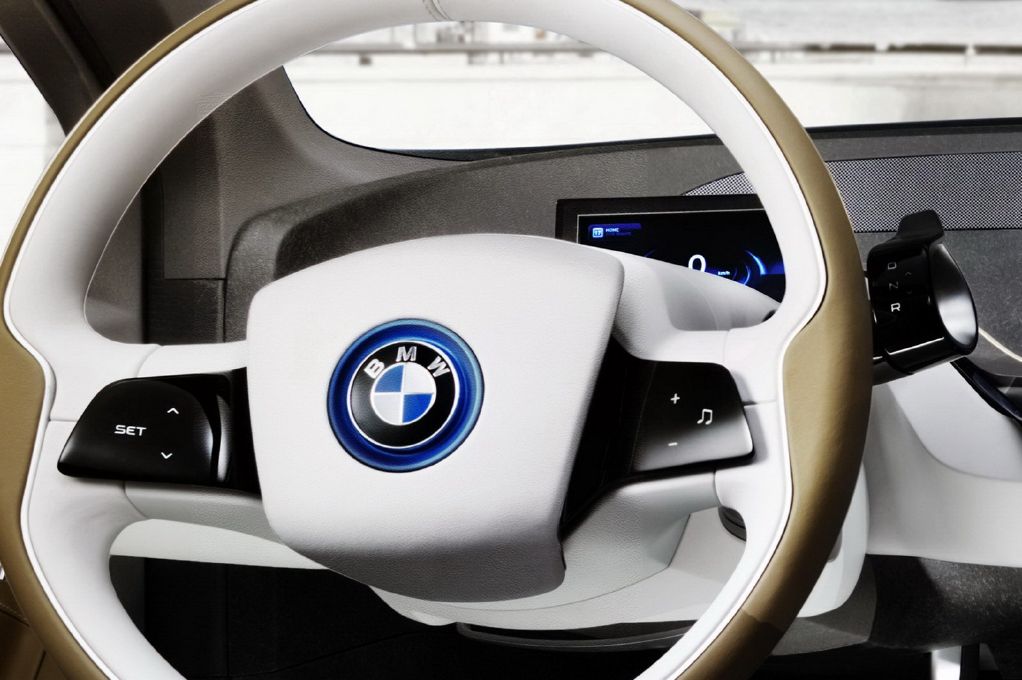Have you ever experienced steering wheel shake the moment you hit the brakes or when you are doing a smooth driving just like the other ordinary days? Your immediate thought might be that you’ve driven onto a quake-prone fault line. Yet it is more likely related to your car itself rather than the external environment.
The first thing drivers should do when they notice shaking is to pay attention to when it happens. Different situations may indicate different causes. For example, vibrations during acceleration or when traveling at high speeds most often indicate a problem with the vehicle’s wheels, while trouble when slowing down is more often due to brakes.
Here I’ll address one of the most common conditions-shaking of the steering wheel when braking. I’ll give you some guides as how to find the cause and then how you should deal with it.
The steering wheel lies at the end of the steering column, the steering column attaches to the dashboard and chassis of the car. The force the driver is providing when moving the steering wheel is transferred to the steering rack and pinion or steering box which ever your car is equipped with by a main shaft inside the steering column. Suspension is very important, it controls the horizontal and vertical movements of the front and rear wheel throughout the suspension and steering travel. This is some basic information you need to understand about the steering mechanism to be able to make a diagnosis.
Since the steering wheel shake happens during the braking, it is more likely to be problems of the braking system. It may be the problem caused by a bent brake rotor, worn-out ball joints, loose engine mounts or a worn-out CV joint. If you want to troubleshoot the problem, you can examine these parts and try to identify it.
Brake rotor can warp during heavy braking conditions. To look for a bent rotor, you can rotate the brake rotor by hand. In normal condition, it should move freely, but with some resistance and turn for 360 degrees without hard spots. If you find your rotor warped, it is recommended to be replaced.
Ball joints are a normal service item and need to be inspected regularly. Suspension ball joints support the spindle mechanism of the steering system. It may wear out and lead to steering wheel vibration. Inspect this area for excessive wear. If your ball joint is worn out, you can purchase a new one and replace it by yourself.
Check your engine mounts to see if they are loose. Loose engine mounts will allow the engine to rest against the suspension or frame causing a vibration under acceleration. Tighten the loose engine mount bolts with a wrench.
Examine front drive axles for CV joint wear. Since the axle is supported by the CV joint, a worn put joint allow the axle to bind, thus cause a shaking. If your car’s CV joint is bad, replace it with a new one.
Generally, besides brake problem, steering wheel vibration can also be caused by wheel, tire, suspension and steering column abnormalities.

Car steering wheel shakes, how can I stop it?
by
Tags:
